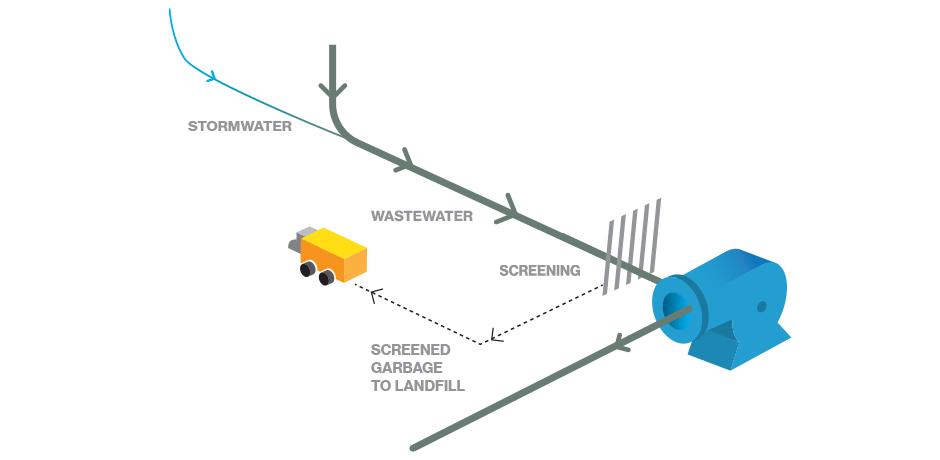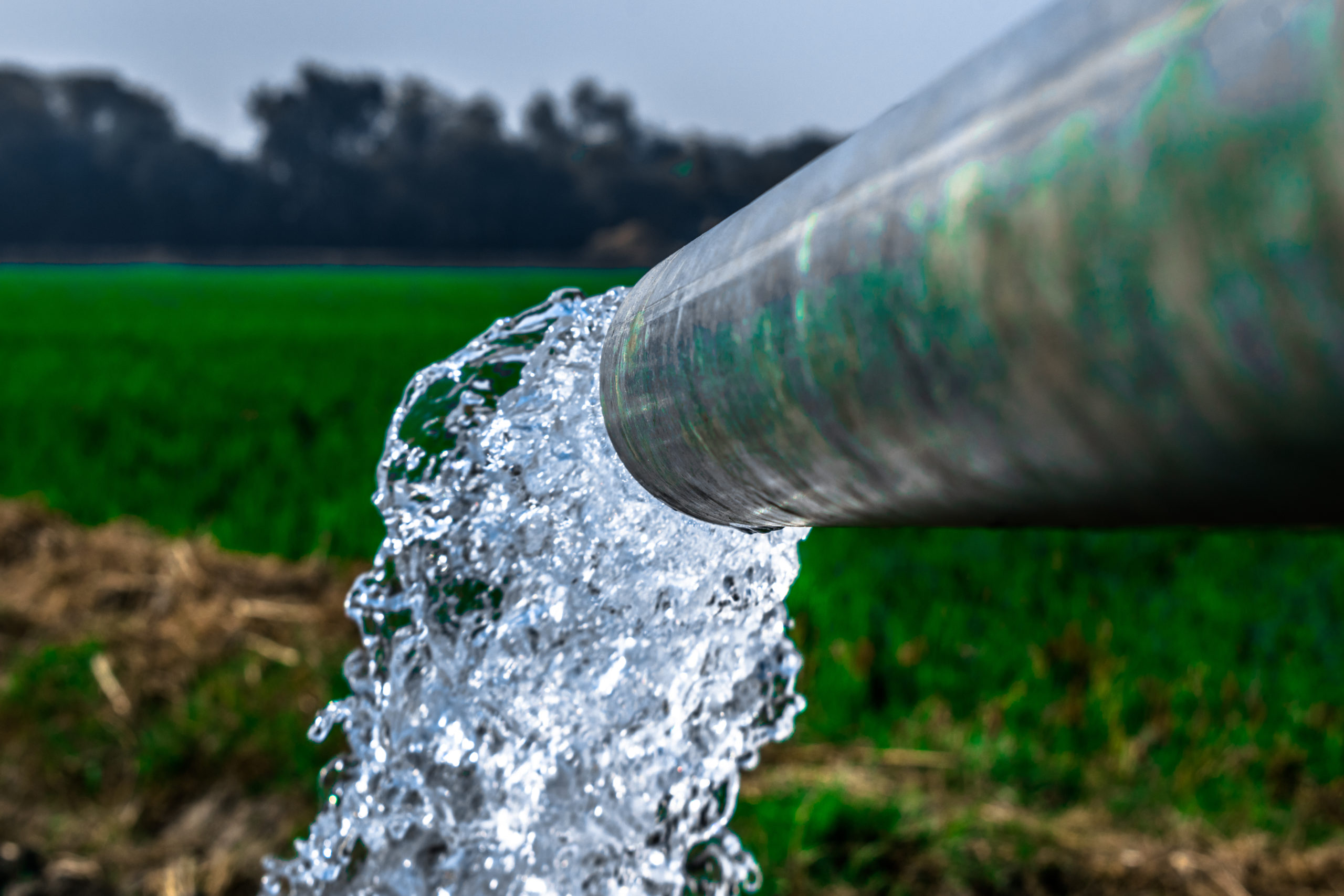Environmental Effect of Waste Water Treatment: What You Required to Know
Wiki Article
Strategic Approaches to Improve Drainage Therapy Efficiency and Lessen Ecological Impact
In the realm of drainage treatment, the pursuit for improved performance and decreased environmental impact is a perpetual difficulty that demands calculated solutions. As culture faces the important to handle water sources sustainably, a nuanced technique comes to be necessary. The assimilation of innovative therapy technologies, energy-efficient procedures, resource healing methods, enhanced nutrient elimination methods, and smart monitoring and control systems represents a complex framework for resolving these pressing issues. What exists at the core of this complex internet of approaches is the prospective to reinvent the method we come close to waste water treatment, not simply as a procedure of disposal, however as an important chance for advancement and environmental stewardship.Advanced Therapy Technologies
Advanced membrane filtration systems have actually revolutionized sophisticated wastewater therapy processes, dramatically improving the elimination of contaminants. These ingenious systems operate by requiring water through a semi-permeable membrane, properly separating pollutants from the water stream. The membrane layer's microscopic pores catch toxins such as bacteria, infections, and put on hold solids, enabling only cleansed water to travel through. This modern technology has verified to be highly effective in eliminating a large range of impurities, consisting of drugs, heavy metals, and natural substances, which are typically testing to remove through conventional treatment techniques.In addition, membrane layer purification systems supply numerous benefits over standard treatment methods. They require much less space, produce higher-quality effluent, and are extra immune to changes in influent water quality. In addition, these systems are extremely flexible and can be easily incorporated right into existing therapy plants or utilized as standalone units for decentralized applications. As the need for tidy water proceeds to climb, the fostering of sophisticated membrane purification modern technologies is important to make certain effective and lasting wastewater treatment techniques.
Energy-Efficient Procedures
The integration of energy-efficient processes in wastewater therapy systems is important for maximizing resource use and minimizing operational costs. By applying energy-efficient technologies, therapy plants can significantly decrease their carbon footprint and overall ecological influence. One essential strategy to boosting power performance in wastewater treatment is the application of advanced aeration systems, such as great bubble diffusers or surface area aerators, which can boost oxygen transfer efficiency and minimize power consumption. In addition, including energy healing systems, like anaerobic food digestion for biogas manufacturing or making use of excess heat for thermal processes, can aid offset energy needs and promote sustainability.In addition, maximizing procedure control and automation via using advanced sensing units and monitoring systems can enhance overall energy efficiency by adjusting operations in real-time based on actual demand and conditions. Executing power audits and routinely keeping track of energy performance indicators are vital methods to determine areas for improvement and track energy-saving initiatives effectively. In general, the adoption of energy-efficient processes in wastewater treatment not just profits the atmosphere however likewise contributes to long-term expense savings and operational sustainability.
Source Recovery Approaches
With a concentrate on enhancing resource utilization and sustainability in wastewater treatment systems, the execution of source healing techniques becomes a pivotal facet in boosting operational efficiency. Source recuperation techniques in wastewater therapy involve the recognition and extraction of important sources from the waste stream, thereby transforming what was once considered waste right into an important asset. By applying resource recovery techniques such as nutrient elimination and recovery, power generation from natural matter, and the manufacturing of reusable water, wastewater therapy plants can minimize environmental effect while taking full advantage of performance.
Boosted Nutrient Elimination Methods
Executing innovative nutrient elimination methods is necessary for optimizing the efficiency of wastewater therapy systems. Improved nutrient removal plays an essential role in reducing the ecological effect of treated effluent released right into water bodies. One of the key strategies utilized for enhanced nutrient removal is the process of organic nutrient removal (BNR), which entails the removal of nitrogen and phosphorus through biological processes. This can be attained with using specialized microbes that can convert nitrogen substances into inert nitrogen gas with denitrification, and collect phosphorus within their cells via a process called enhanced organic phosphorus removal (EBPR)
Along with BNR, advanced treatment approaches such as membrane bioreactors (MBRs) and built marshes can also be used to improve nutrient elimination performance. MBRs utilize membranes to accomplish high-grade effluent requirements by properly removing nutrients and suspended solids. Built have a peek at this website marshes simulate natural wetland processes to eliminate nutrients via plant uptake, microbial task, and sedimentation. By including these advanced nutrient elimination strategies right into wastewater therapy districts, sectors and systems can properly reduce nutrient pollution and safeguard the setting.
Smart Tracking and Control Equipment
Utilizing sophisticated innovation, the assimilation of wise tracking and control systems transforms the operational effectiveness of wastewater treatment centers. These systems incorporate advanced sensing units and data analytics to continually keep an eye on key parameters such as pH degrees, turbidity, dissolved oxygen, and flow prices in real-time. By collecting and assessing this information, operators can obtain useful insights into the efficiency of the therapy procedures, enabling aggressive adjustments to maximize treatment performance.Smart tracking and control systems also sustain remote monitoring abilities, allowing operators to access real-time information and control functions from off-site areas. This remote ease of access boosts operational adaptability and responsiveness, allowing speedy interventions in situation of system breakdowns or fluctuations in influent high quality. Moreover, the anticipating maintenance abilities of these systems aid avoid devices failures and decrease downtime, ultimately enhancing the total integrity of wastewater treatment procedures (Waste Water Treatment).
Conclusion
To conclude, strategic methods such as sophisticated therapy modern technologies, energy-efficient procedures, source recuperation strategies, enhanced nutrient removal techniques, and clever monitoring and control systems play a vital duty in enhancing wastewater therapy performance and minimizing environmental effect. By applying these strategies, wastewater treatment plants can improve their general efficiency, lower power intake, recoup useful sources, and make certain conformity their explanation with ecological guidelines. These techniques are crucial for sustainable and effective wastewater monitoring techniques.
In conclusion, strategic techniques such as advanced treatment modern technologies, energy-efficient procedures, source recuperation techniques, boosted nutrient removal methods, and smart tracking and control systems play an essential function in boosting wastewater therapy efficiency and minimizing ecological influence.
Report this wiki page